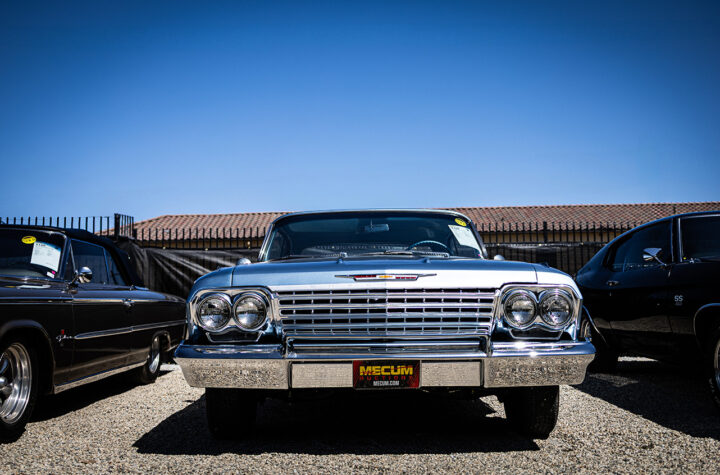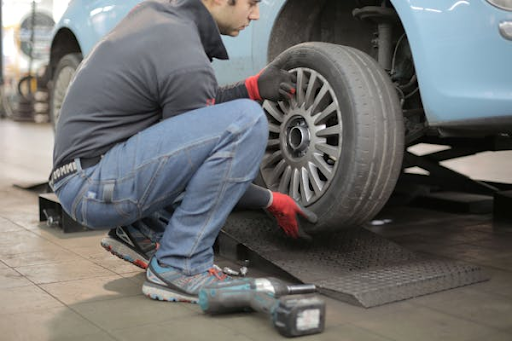
The Swedish high-tech company Image Systems AB is a leader in motion analysis of video and high-speed digital image sequences. The Linköping based company’s software package TrackEye is mainly focused on aerospace and military markets, while its software package TEMA Automotive is targets the automotive industry. TEMA Automotive is the leading system for advanced motion analysis in the industry. The software covers the complete process from bringing the images into the program and then via automated tracking and analysis to a result presentation in predefined tables and graphs.
Automotive companies like Daimler Chrysler, Ford, GM and Peugeot use TEMA as well as TrackEye in their crash test facilities. Just recently, TEMA and TrackEye were chosen by General Motors for their analysis and the new Enterprise Edition of TEMA Camera Control.
TEMA is used by automotive companies for various tests. For example, they use TEMA 3D to measure deformations, velocity and acceleration in barrier crash test as well as the volume and circumference of the airbag during the inflation using the TEMA Airbag option. The dummy head position can be measured in 6 dimensions – X, Y, Z, pitch, roll and yaw – using only one camera view, with TEMA 6D.
“Image Systems supplies both standardized products and customized projects. The company has long experience of being the prime contractor in large projects, delivering at a fixed price. A typical project includes the whole chain of services, including development, managing of sub-contractors, and integration in a complete system, delivery of hardware, installation, acceptance test at customer facility, training and maintenance,†says the company.
Some of the Image Systems’ other automotive clients include KIA Motors, Honda Motors, Hyundai, Faurecia, Autoliv, Citroen, Bridgestone, Mitsubishi and Nissan. Image Systems say that its automotive solutions are flexible, powerful and easily compatible with other formats.
“The flexible windows based user interface makes it fast and easy to find the best setup for your application. The software handles and analyses, at high speed, large quantities of data from high speed cameras and other sensors. The operator can choose between a large number of tracking algorithms and track an unlimited number of points throughout the image sequence. The User Interface is ‘Fully synchronized’ – any change of parameters or set-up will directly effect all parts of the tracking session, updating results, graphs and tables. The system handles all major image formats on the market and has options to control most of the available high speed cameras on the market such as Phantom, Photron, Redlake and others,†says the company.
Another advantage using TEMA is that the operator has full control of the tracking software with possibilities to adjust it to different applications. The tracking can be made manual, semi automatic or automatic. TEMA also has a powerful set of different tracking algorithms, such as Correlation, Quad, MXT, Circular, Center of gravity and so on. Recently, Vision Research started offering a TEMA Starter kit with every Phantom industrial camera. The Phantom line is a series of high-speed digital cameras that can be used for the most challenging high-speed applications.
Automotive Industries spoke to Anders Källdahl, CEO of Image Systems, AB.
AI: Please tell us a little about the automotive applications of TEMA and TrackEye.
AK: The applications are from analysis of component testing in 2D up to and including full 3D analysis of full barrier tests. Beside the analysis we also supply software for camera control, nondependent of camera manufacturer.
AI: What are the issues in the automotive industry when it comes to motion analysis and advanced software? How does Image Systems tackle these issues?
AK: One important issue when working with 3D-analysis is the synchronization of data from several cameras. The time displacement between images from different cameras filming a crash must be taken care of or made zero to avoid bad quality on the 3D result. Some users tackle this problem by introducing expensive hardware solutions to force the cameras to expose the images at the exactly the same time. Image Systems solves this problem by software using the time stamp in each image and time interpolation to synchronize the data. This means a more cost effective solution with less hardware and shorter installation time for the customer.
AI: How has your agreement with Vision Research helped TEMA?
AK: For us the main benefit is the increased visibility of the TEMA product. A lot of new customers get an opportunity to test the software and see the possibilities, especially on new markets.
Also, Vision Research has seen the increased value of their offer. Now they can offer a complete solution instead of a component.
AI: Please give us some examples of how TEMA has been used by automotive companies in safety testing.
AK: At Ford in Dearborn our software is controlling the complete camera setup/control as well as automatic generation of colour corrected AVI’s.
Chrysler in Michigan is using the full set of tools in a fully automatic 3D analysis application. Very shortly after the test Chrysler has the full 3D analysis report available.
AI: What major improvements, beneficial to automotive clients, are you working on right now for TEMA and Track Eye?
AK: WE are always developing along the full spectrum ranging from improved tracking functionality to new tools for presentation. Currently we are working on some special functions like:
– Smallest distance between dummy head and virtual barrier, which allows the customer to replace costly mechanical barrier constructions with TEMA software.
– 3D measurement of roof impact in Roll over testing using one camera only.
– Improved analyze of Steering column penetration where the result is compensated for pitch and yaw of the vehicle.
Another important issue for us is the customer support. Image Systems operates on a worldwide market. We have close to 40 partners spread on all continents that handle the first contact support for our customers.











More Stories
BRANO and DOMO join forces to replace aluminum with TECHNYL® polyamide
Selecting the Ideal Linear Phased Array Transducer for Your NDT Requirements
From Laser to Waterjet: The Cutting-Edge Techniques Driving Efficiency in Auto Production